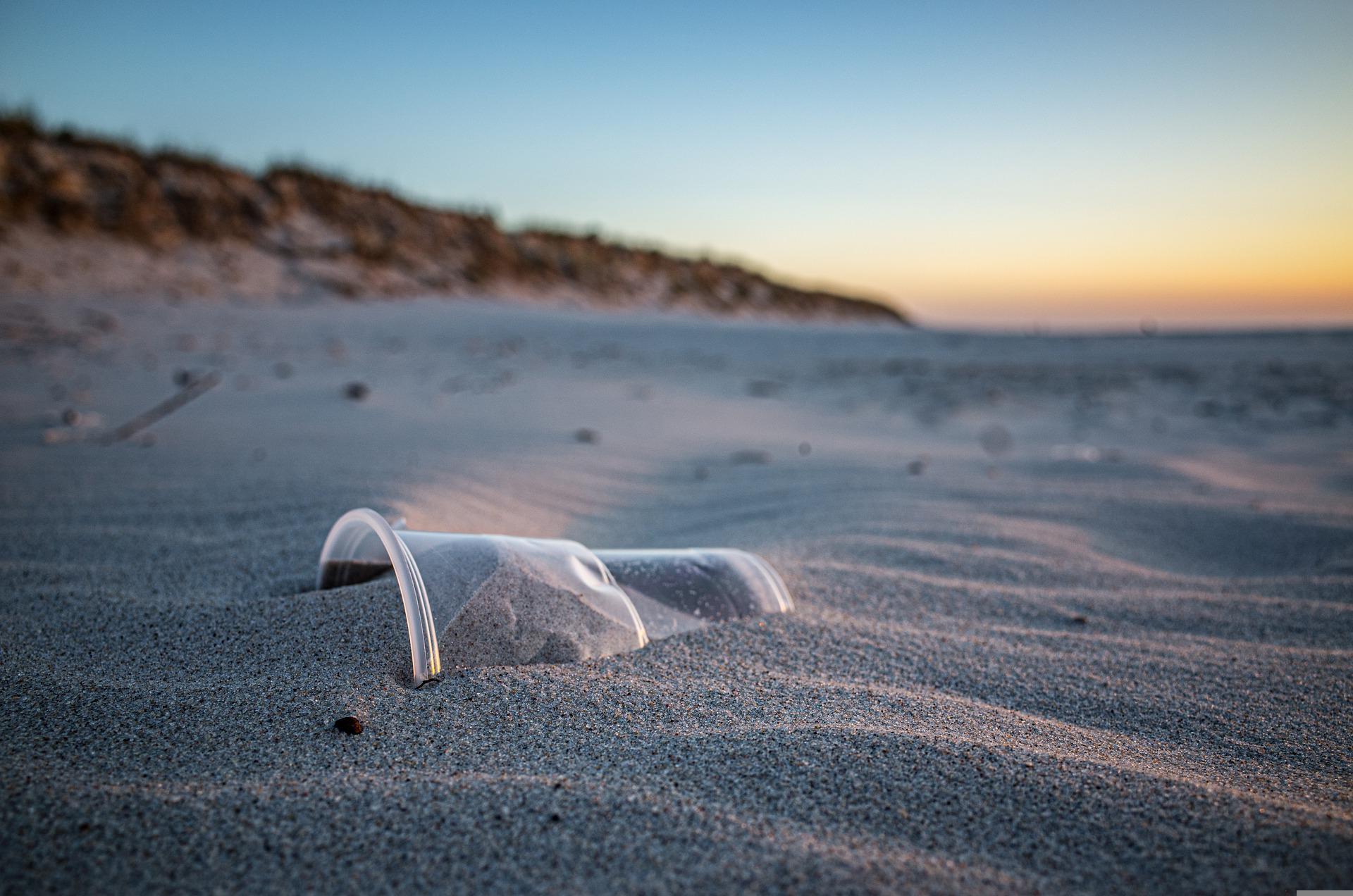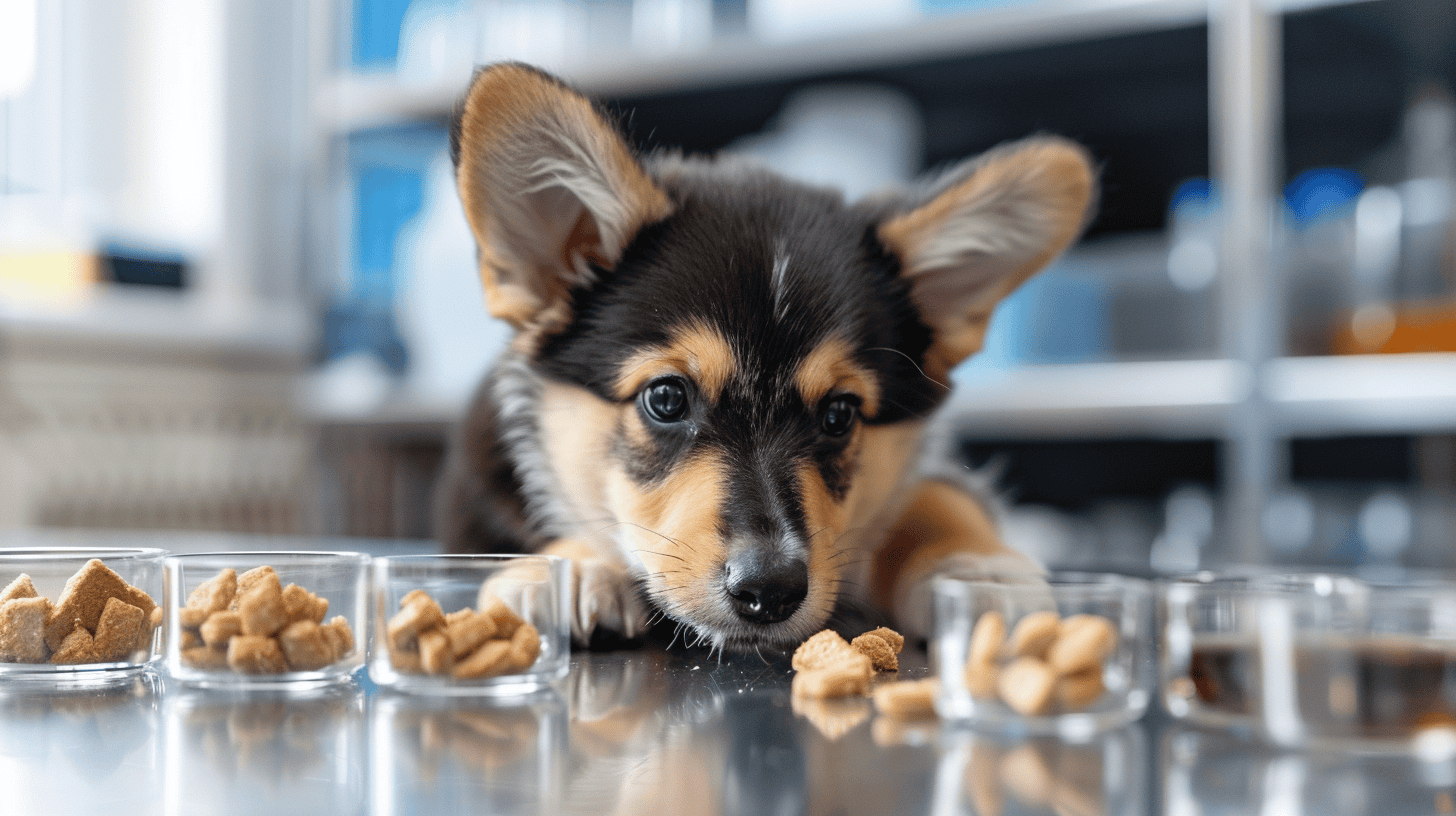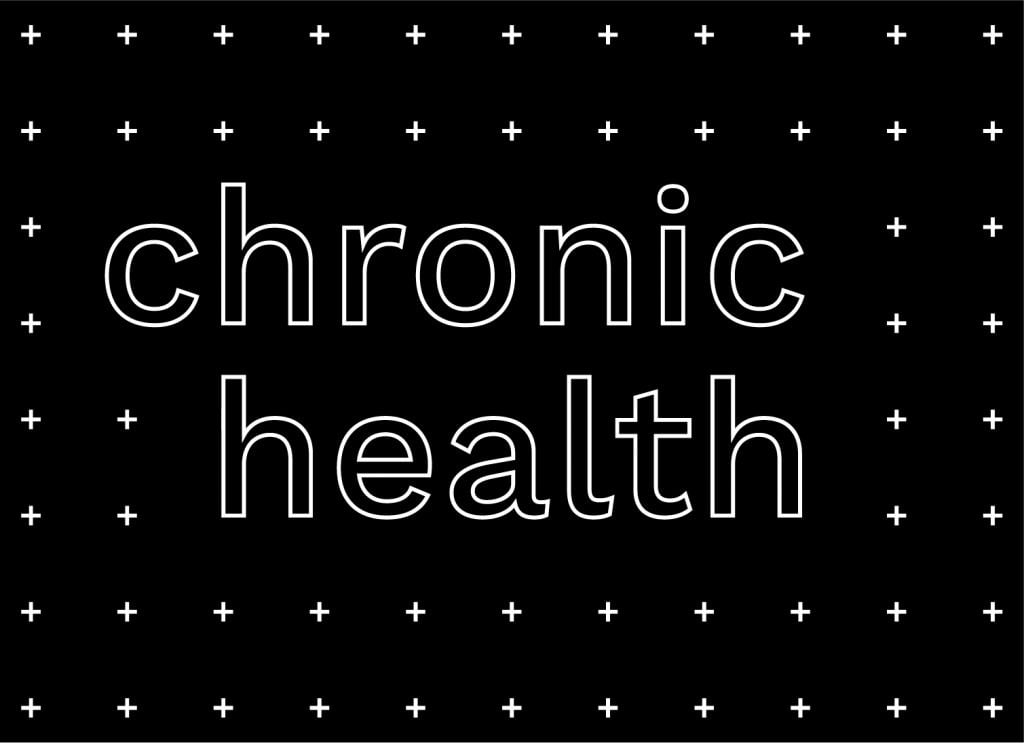
Many plastics that are labelled as biodegradable are only compostable under industrial conditions, but scientists at the University of Bath have now found a way to make plastics break down using only UV light, writes the university in a press release.
As a result of increasing public concern over plastic waste, PLA (Poly(lactic acid)), created using lactic acid from the fermentation of sugars, is now widely used as a renewable, sustainable alternative to plastics derived from crude oil products – used in everything from disposable cups and teabags to 3D printing and packaging.
It is often labelled as biodegradable, however it has limited degradability in natural environments, for example in soil or in seawater, and it only degrades under industrial composting conditions of high temperatures and humidity – not achievable in domestic compost heaps.
Sugar makes the trick
Now scientists at the Centre for Sustainable and Circular Technologies (CSCT) at the University of Bath have developed a way that could make these plastics more degradable in the natural environment.
The team found that they can tweak the degradability of the plastic by incorporating different amounts of sugar molecules into the polymer.
They found that incorporating as little as three per cent sugar polymer units into PLA led to 40 per cent degradation within six hours of exposure to UV light.
Compatible with plastic industry
Most promisingly, the technology is compatible with existing plastic manufacturing processes, meaning it could potentially be tested and adopted quickly by the plastics industry.
Publishing in Chemical Communications (open access article), the researchers hope their findings will be used in the future by the plastics industry to help make plastic waste more degradable at the end of the life of the product.
Dr Antoine Buchard, Royal Society University Research Fellow and Reader in Polymer Chemistry from the CSCT, led the research, which was supported by the Royal Society.
He said: “Lots of plastics are labelled as biodegradable, but unfortunately this is only true if you dispose of it in an industrial waste composter – if put into domestic compost heaps, it can last for years.

Plastic more biodegradable in all environments
“Most PLA plastics are made up of long polymer chains which can be difficult for water and enzymes to break down. Our research adds sugars into the polymer chains, linking everything together by bonds that can be broken using UV light.
“This weakens the plastic, breaking it down into smaller polymer chains that are then more sensitive to hydrolysis.
“This could make the plastic much more biodegradable in the natural environment, for example in the ocean or in a garden compost heap.
“Previously scientists have looked at enhancing the degradability of PLA to water – hydrolysis – but this is the first time anyone has looked at using light.
“This strategy remains to be translated to real-life plastics objects and tested with sunlight, but we hope our technology could be used in the future to make plastics that are strong when you’re using them, but can break down easily when reuse and recycling are not possible anymore.”
Selected for you!
Innovation Origins is the European platform for innovation news. In addition to the many reports from our own editors in 15 European countries, we select the most important press releases from reliable sources. This way you can stay up to date on what is happening in the world of innovation. Are you or do you know an organization that should not be missing from our list of selected sources? Then report to our editorial team.







